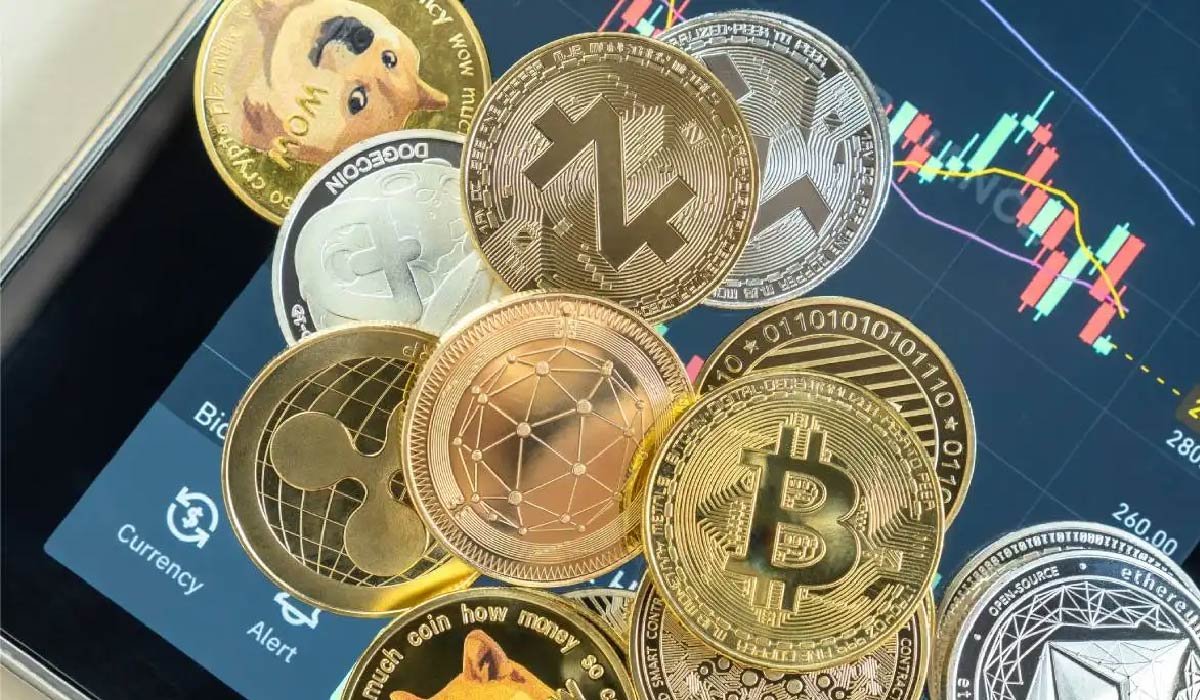Crypto
Altcoins as Utility: Which Projects are Delivering Real-World Value Today?

The cryptocurrency market has spent over a decade wrestling with the perception that it is solely a casino for speculative trading. While Bitcoin established the asset class as a store of value, the true promise of blockchain technology, its capacity to replace inefficient centralised systems, is being delivered by a select group of altcoins. For the savvy investor, understanding which projects are translating their digital promises into tangible, real-world utility is the essential new metric for evaluating long-term value.
The shift is clear: institutions and enterprises are no longer interested in tokens that merely promise change; they are demanding assets that facilitate immediate, cost-effective solutions. This is where the ‘utility altcoin’ thesis gains traction. These projects offer speed, transparency, and efficiency in areas ranging from global finance to supply chain management, offering compelling alternatives to decades-old infrastructure. As more UK investors seek to diversify their digital holdings, assets like XRP, which powers Ripple’s global payment network, stand out for their focus on institutional adoption. To access these assets, users might seek reputable, regulated on-ramps where they can safely buy XRP. For platforms like MoonPay, which processes card transactions globally, establishing trust through security protocols is paramount, a commitment highlighted by its PCI-DSS Validated Level 1 compliance, the most stringent standard for handling cardholder data. This focus on adherence to global financial and security benchmarks, detailed further on the company’s legal and licenses page, is key to building a robust bridge between traditional finance and the digital asset space
The Finance Disruptors: Cross-Border Payments and Institutional Adoption
The most potent real-world utility in the crypto space is currently found in finance, specifically in projects challenging the expensive and slow legacy banking and remittance systems.
1. XRP and On-Demand Liquidity (ODL)
While often associated with its historic legal battles, the core utility of XRP lies in its speed and minimal transaction costs. It is designed to act as a “bridge currency” in international transfers. Instead of a bank locking up capital in two different fiat currencies (a process known as nostro/vostro accounts), Ripple’s On-Demand Liquidity (ODL) product uses XRP to instantly bridge the gap between two currencies. This utility saves financial institutions significant capital and drastically cuts settlement times from days to seconds. This isn’t theoretical; financial institutions globally are testing and deploying ODL, proving XRP’s utility as a fundamental component of the future global payments infrastructure.
2. Stablecoins as Global Commerce Tools
While not strictly altcoins in the traditional sense, stablecoins (such as USDC and USDT) offer profound real-world utility. Pegged 1:1 to reserve assets like the US Dollar, they eliminate volatility and function as reliable digital cash. Their utility spans international commerce, allowing businesses to settle payments instantly, 24/7, without incurring steep foreign exchange fees or delays. In regions with high fiat inflation, stablecoins also serve as a crucial financial inclusion tool, providing citizens with a stable, accessible store of wealth that is insulated from hyperinflation.
The Data and Infrastructure Backbone: Oracles and Supply Chains
Moving beyond currency, other altcoins provide the necessary infrastructure to connect blockchain technology to the physical world, unlocking exponential utility in commerce and data integrity.
3. Chainlink (LINK) and the Oracle Problem
Blockchains are inherently closed systems; they cannot natively access external, real-world data—a limitation known as the “oracle problem.” Chainlink solves this, acting as a decentralised network of nodes that reliably and securely feeds external data (e.g., stock prices, weather, sports scores) into smart contracts. Without Chainlink, decentralised finance (DeFi) could not function, nor could most insurance, gaming, or trade-finance applications. Its utility is not tied to its own chain, but rather to its indispensable role as the data backbone for nearly every major smart contract platform, cementing its status as a vital piece of the digital infrastructure.
4. VeChain (VET) and Enterprise Supply Chain
VeChain is a prime example of an altcoin built exclusively for real-world enterprise utility. Its blockchain is used by major corporations to track products throughout the supply chain. By assigning a unique digital identity to a physical product (often using NFC tags or QR codes), companies can record and verify product provenance, quality control, and authenticity. This system dramatically reduces counterfeiting in luxury goods and pharmaceuticals, while also improving food safety and transparency. For businesses, VET’s utility translates directly into reduced operational friction and enhanced consumer trust.
The Future of Altcoin Value is Functional
The utility-focused shift represents a maturing of the crypto investment landscape. The days of simply betting on a catchy name or a famous backer are fading. Instead, investors are focusing on core questions of real-world application: Does this altcoin solve a problem? Is an existing industry adopting it? Does it lower costs or increase efficiency?
As regulatory clarity emerges, particularly in the UK and Europe, the assets with demonstrably legal and commercial utility will attract the bulk of institutional capital. The utility altcoins are not just digital currencies; they are protocol tokens, governance rights, or operational fuel that power genuine commercial services. For long-term investors, scrutinising a project’s whitepaper for its market-tested utility, rather than its short-term price movements, is the most robust strategy for navigating this evolving financial frontier. The future of digital assets belongs to the utility-focused altcoins that are quietly, but fundamentally, rewriting the rules of global business and finance.
-

 Celebrity1 year ago
Celebrity1 year agoWho Is Jennifer Rauchet?: All You Need To Know About Pete Hegseth’s Wife
-

 Celebrity1 year ago
Celebrity1 year agoWho Is Mindy Jennings?: All You Need To Know About Ken Jennings Wife
-

 Celebrity1 year ago
Celebrity1 year agoWho Is Enrica Cenzatti?: The Untold Story of Andrea Bocelli’s Ex-Wife
-

 Celebrity1 year ago
Celebrity1 year agoWho Is Klarissa Munz: The Untold Story of Freddie Highmore’s Wife
















